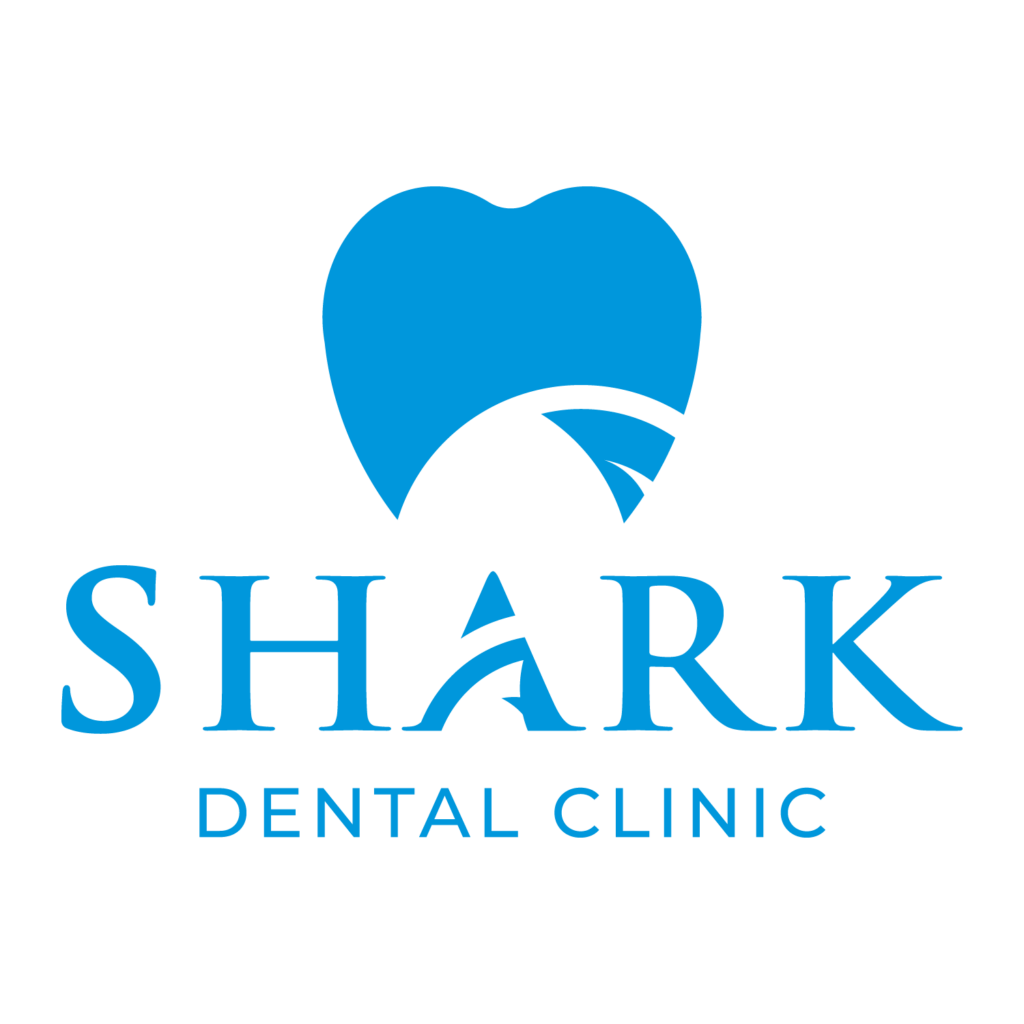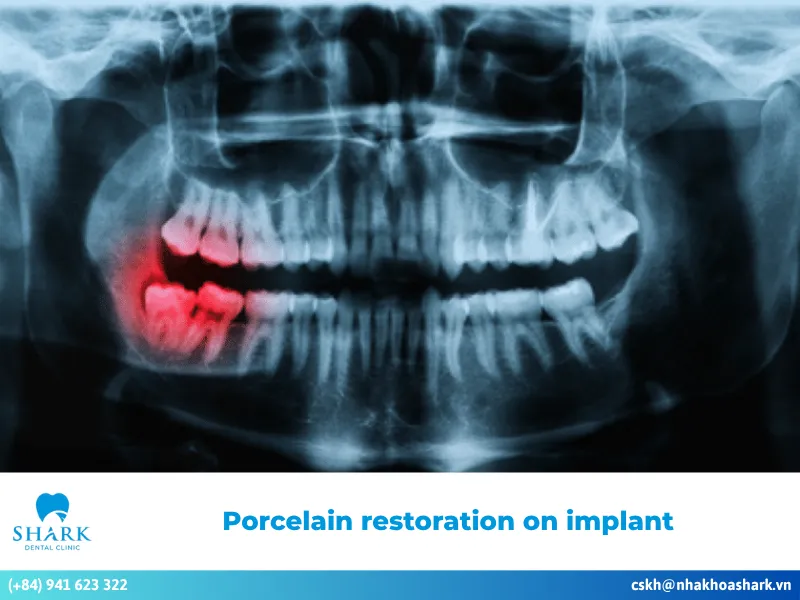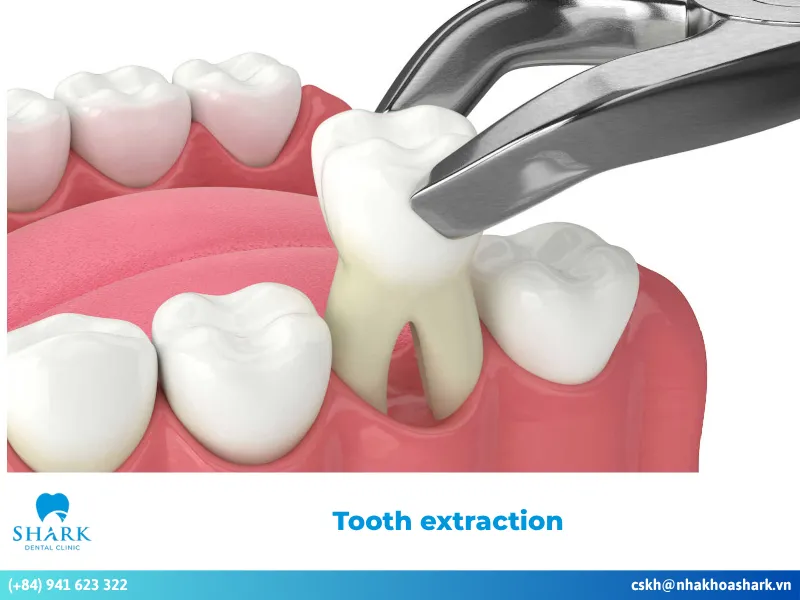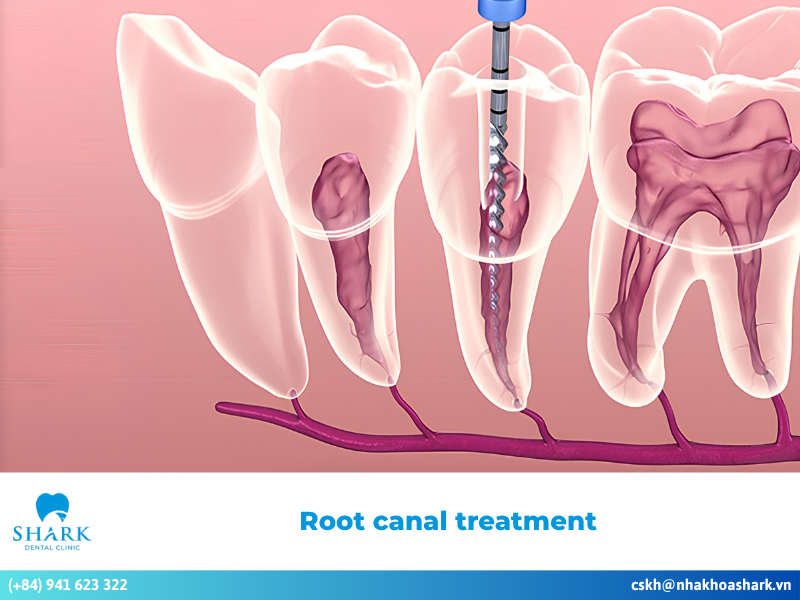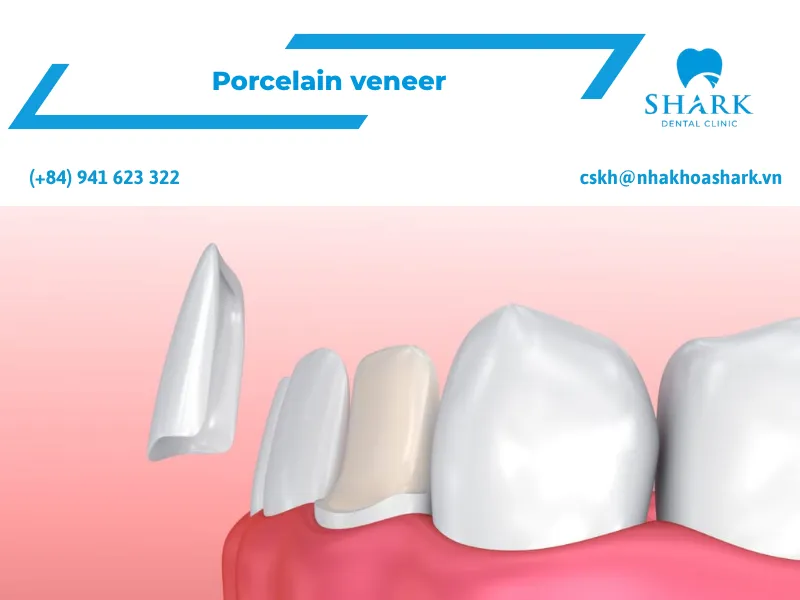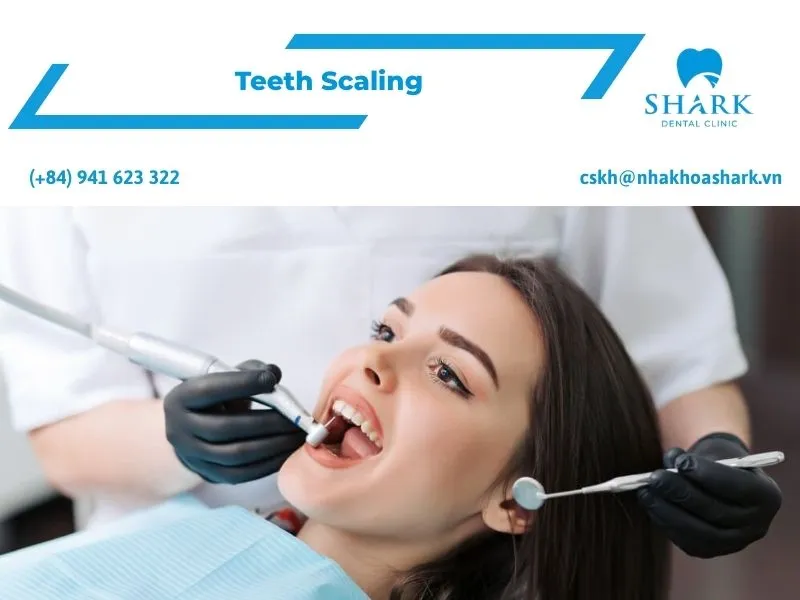Dental X-rays are commonly utilized by dentists to evaluate oral health and detect abnormalities promptly. This technique helps identify conditions such as misaligned or impacted teeth, as well as structural imbalances. For more information about dental X-rays and other relevant details, please read the article below!
What are dental X-rays?
A dental X-ray is a diagnostic tool that captures detailed images of the teeth, jawbone, and soft tissues in the mouth. This technique enables dentists to evaluate internal dental conditions accurately and determine appropriate treatment options. Dental X-rays are also used to monitor patients’ progress following dental treatments.
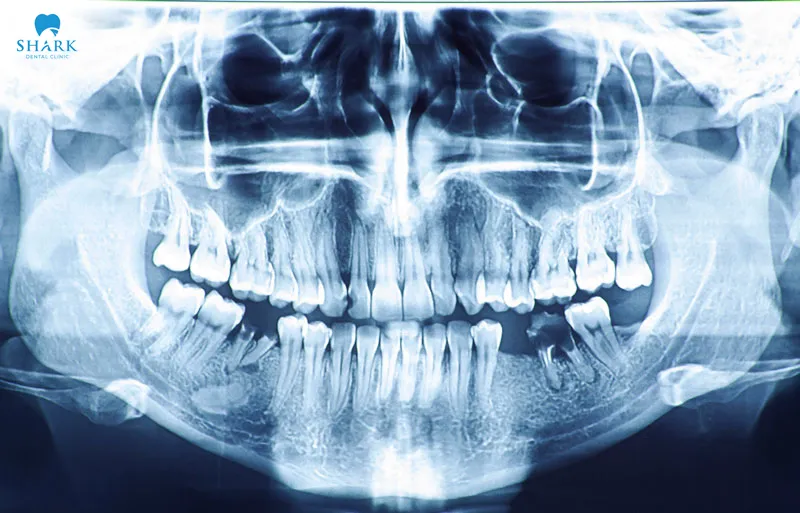
When should dental X-rays be taken?
Dentists typically prescribe dental X-rays in various situations, including:
- Checking for tooth decay, broken or fractured teeth, and bone damage
- Detecting misaligned or tilted teeth that may affect the gums
- Identifying abnormal conditions in the mouth, such as abscesses on the gums
- Supporting procedures like root canal treatment, wisdom tooth extraction, and dental implant placement
- Assessing the mouth before getting braces
- Evaluating overall oral health and identifying any dental diseases
- Conducting follow-up examinations after dental treatments

What are the different types of dental X-rays?
There are several types of dental X-rays, each serving a unique purpose. Understanding these can help you know what to expect:
Single tooth X-ray
This common technique focuses on the specific position of a damaged tooth and the condition of adjacent teeth. It is typically used for cases involving tooth decay that requires fillings or root canal treatment.
Around-the-tooth X-ray
This technique allows the dentist to obtain a comprehensive view of the upper jaw, lower jaw, and oral cavity. It is useful for detecting conditions that may not be visible to the naked eye. One key feature of this method is that the dentist does not need to place film inside the mouth. The patient simply sits upright in the chair while the X-ray machine rotates around their head, capturing internal images of the mouth.
Panoramic dental X-ray
Panoramic dental X-rays, also known as Panorama X-rays, are used to examine the entire oral cavity and produce accurate, clear, high-resolution images.
This method applies principles similar to conventional CT scanning, using a narrow beam of X-rays that passes through a slit to visualize internal structures along the scanning surface. Computer algorithms are then employed to generate sharp, clear images. During the process, the patient wears a lead apron for protection, bites on a pre-fixed plastic tab in the machine, and remains still for the duration of the scan. The X-ray machine then operates, with the sensor rotating in the opposite direction around the lower jaw for approximately 12 to 15 seconds.
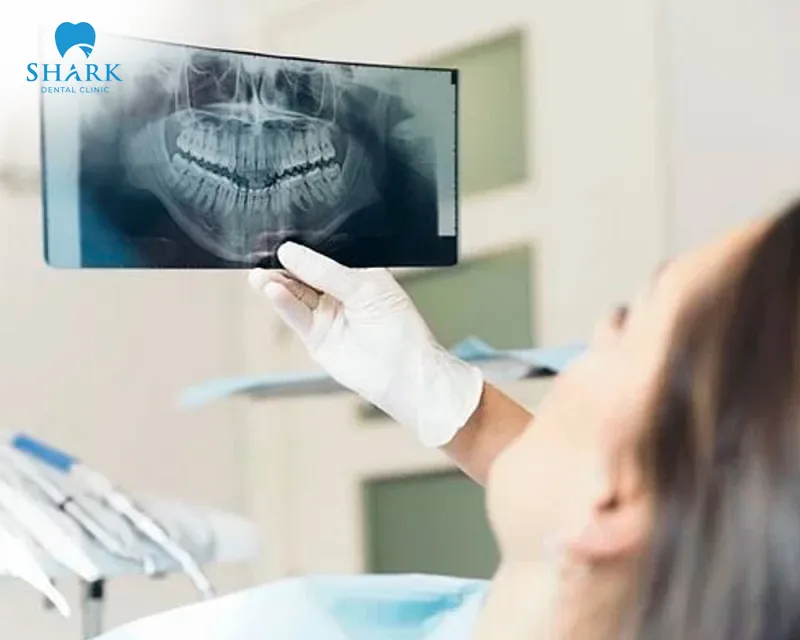
Panoramic images provide a clear view of bone structures, temporomandibular joints, and the nasal sinus area. This technique allows the dentist to examine both dental arches in one film, facilitating accurate diagnoses of dental diseases and tooth misalignments. The process is quick, highly accurate, and safe for all patients, including children.
3D dental X-ray
3D dental X-rays utilize digital equipment to produce sharp, detailed images that reveal muscles, soft tissues, jawbones, nerve canals, blood vessels, and other structures not visible to the naked eye.
Full-mouth series X-ray
This method involves capturing 14 to 21 individual images to provide a comprehensive view of the entire mouth. It is used to detect oral issues beneath the gums or within the jaw, such as cysts, wisdom teeth, or abscesses.
Wing bite X-ray
This X-ray technique allows the dentist to assess the upper and lower jaws and how the teeth come into contact with one another. It also highlights bone loss in individuals with severe infections or advanced gum disease.
Occlusal X-ray
An occlusal X-ray captures images of the floor or roof of the mouth. It helps identify extra teeth, unerupted teeth, abscesses, cysts, and abnormal tissue development.
This method is also used to detect supernumerary teeth, unerupted teeth beneath the gums, abscesses, cysts, and other abnormal growths in the tissues.
How often should I get Dental X-ray?
The frequency of dental X-rays is determined by dental specialists and varies based on age and dental health:
- Adults: Every 2–3 years
- Teenagers: Every 1–3 years
- Children: Every 1–2 years
In cases of active tooth decay or a high risk of oral infections, more frequent dental X-rays are recommended:
- Adults: Every 6 months to 1.5 years
- Children: Every 6 months to 12 months
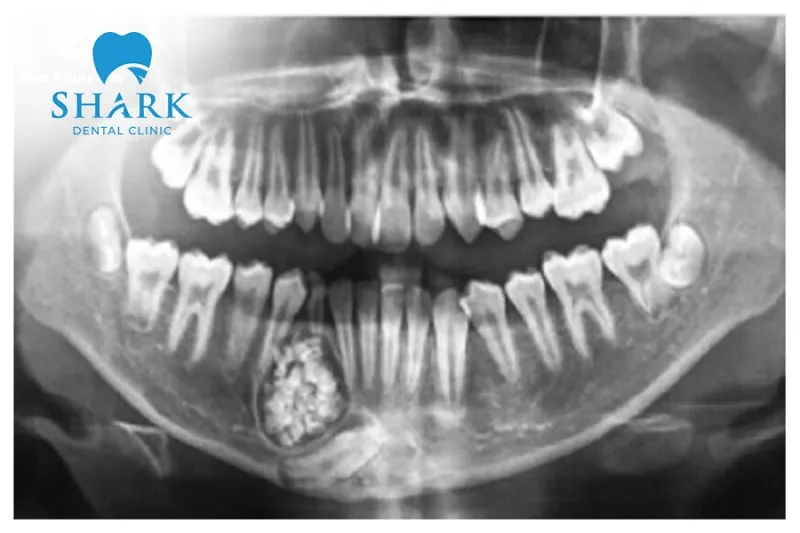
Are dental X-rays safe?
Many people worry that dental X-rays may not be safe and could pose health risks. However, dental X-rays have been proven to be safe and are approved for clinical use. While the X-rays do emit radiation, exposure levels are strictly controlled within safe limits in the medical field, particularly in dentistry.
The process of taking dental X-rays is quick and involves low radiation intensity, which helps to minimize any harmful effects. To further reduce exposure, patients wear a lead apron during the procedure.
Patients can feel assured that undergoing dental X-rays in clinics is a standard and essential practice for dentists to make accurate diagnoses and decisions regarding dental treatment.
Notes before and after dental X-Rays
To ensure safety and achieve optimal results during dental X-rays, it is essential to follow the guidance provided by your dental professional.
Before the X-ray
- Stay relaxed and comfortable.
- You may eat and drink as usual.
- Remove all metal jewelry before the imaging process.
- Bring your medical records and any previous dental X-rays to share with your dentist.
In certain cases, special attention is required:
- Pregnant Women: Inform your dentist if you are pregnant. They will assess whether a dental X-ray is necessary, as X-ray exposure can affect pregnancy. If an X-ray is essential, a protective lead apron will be used to cover the abdomen for maximum safety.
- Children: During X-rays, children will be equipped with protective gear to minimize radiation exposure. Dental X-rays may be recommended for children during tooth eruption stages or for early orthodontic evaluations, so safety is a priority.
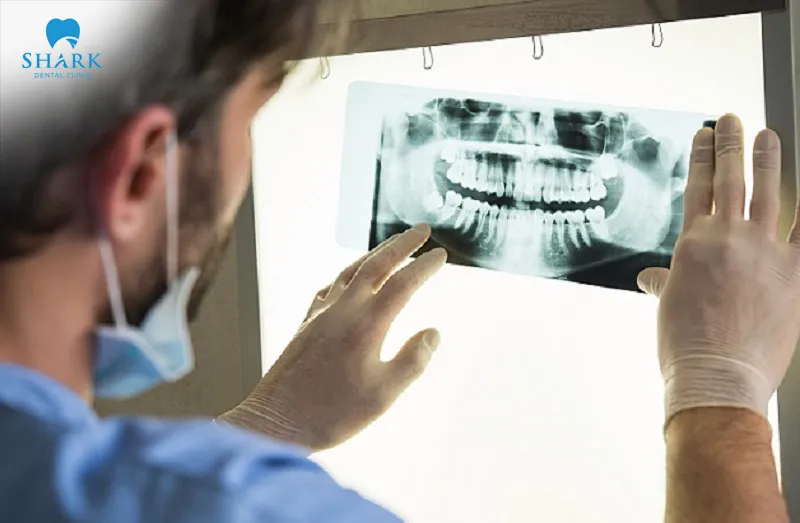
After the X-ray
Once the dental X-ray is completed, step outside the X-ray room and await your results. Pay attention to your dentist’s consultation and follow any recommendations regarding your oral health.
Shark Dental – Safe dental X-ray address in Vietnam
Dental X-rays play a crucial role in determining the effectiveness and accuracy of orthodontic and other dental procedures. Therefore, it is essential to choose a reputable and high-quality dental clinic for safe and reliable X-ray imaging.
Shark Dental Clinic is recognized as a trustworthy and professional dental clinic for dental X-rays that clients can depend on. The clinic is equipped with high-quality X-ray systems imported from leading developed countries.
All procedures are performed by a team of specialized dentists who conduct direct examinations, evaluate your oral condition, and utilize safe dental X-ray technology. Our doctors provide clear explanations and attentive guidance to ensure that your X-ray process is safe, non-invasive, and fully compliant with quality standards.
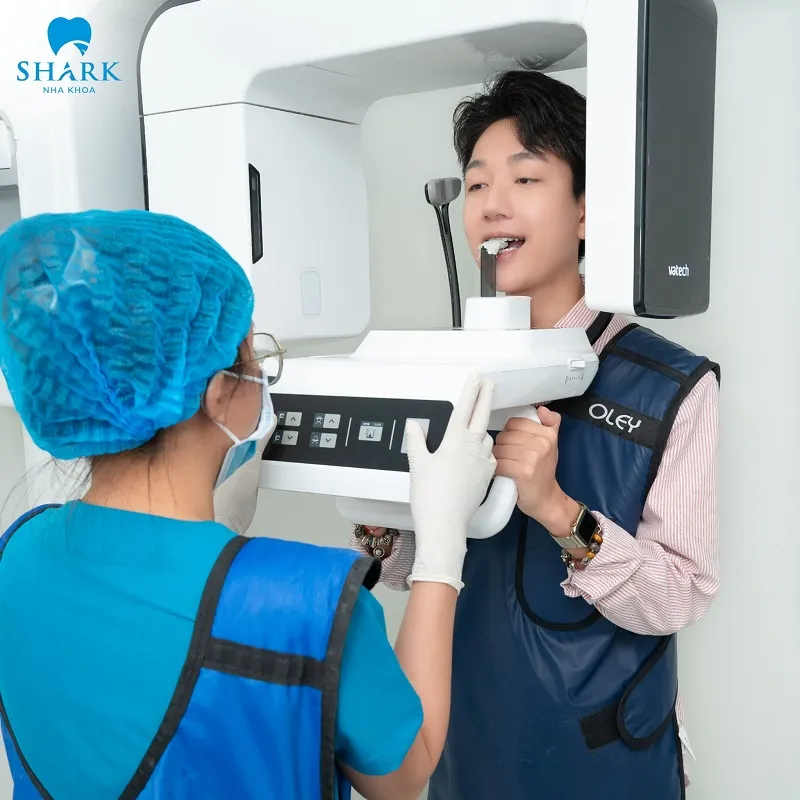
Shark Dental offers a wide range of services, including braces, dental crowns, dental implants, and teeth whitening. Each treatment follows a proper protocol and is backed by a commitment to delivering outstanding results.
If you are looking for a trustworthy and professional clinic for dental X-rays, Shark Dental is the right choice. With affordable prices and high-quality services, we are proud to be a top option for patients across Vietnam.
FAQ
How long should you wait between dental X-rays?
The interval between dental X-rays depends on your individual case and your dentist’s recommendations. In general:
- Adults: Every 6 months to 1.5 years
- Children: Every 6 months to 1 year
For those at higher risk of tooth decay, this time frame may be shortened to allow for more frequent monitoring.
Can a dental X-ray show cancer?
Dental X-rays can detect oral cancers, especially if the cancer has spread to the jawbone. However, detecting cancer is not the primary purpose of dental X-rays, and there are many diseases that X-rays may not reveal. A comprehensive health examination, including a full evaluation of clinical indicators and appropriate diagnostic testing, is required for an accurate cancer screening.
Should I have dental X-rays while pregnant?
Pregnant women can undergo dental X-rays, but it should be done with great caution to avoid any risk to both mother and baby. Dental X-rays during pregnancy should only be performed when absolutely necessary and always under strict supervision from a dentist. In such cases, lead aprons and protective shielding will be used to cover the abdomen and minimize radiation exposure.
With the information provided in this article, we hope you feel confident and well-informed about dental X-rays. The expert knowledge shared by Shark Dental aims to help you safely utilize this technology and choose a clinic you can trust.


